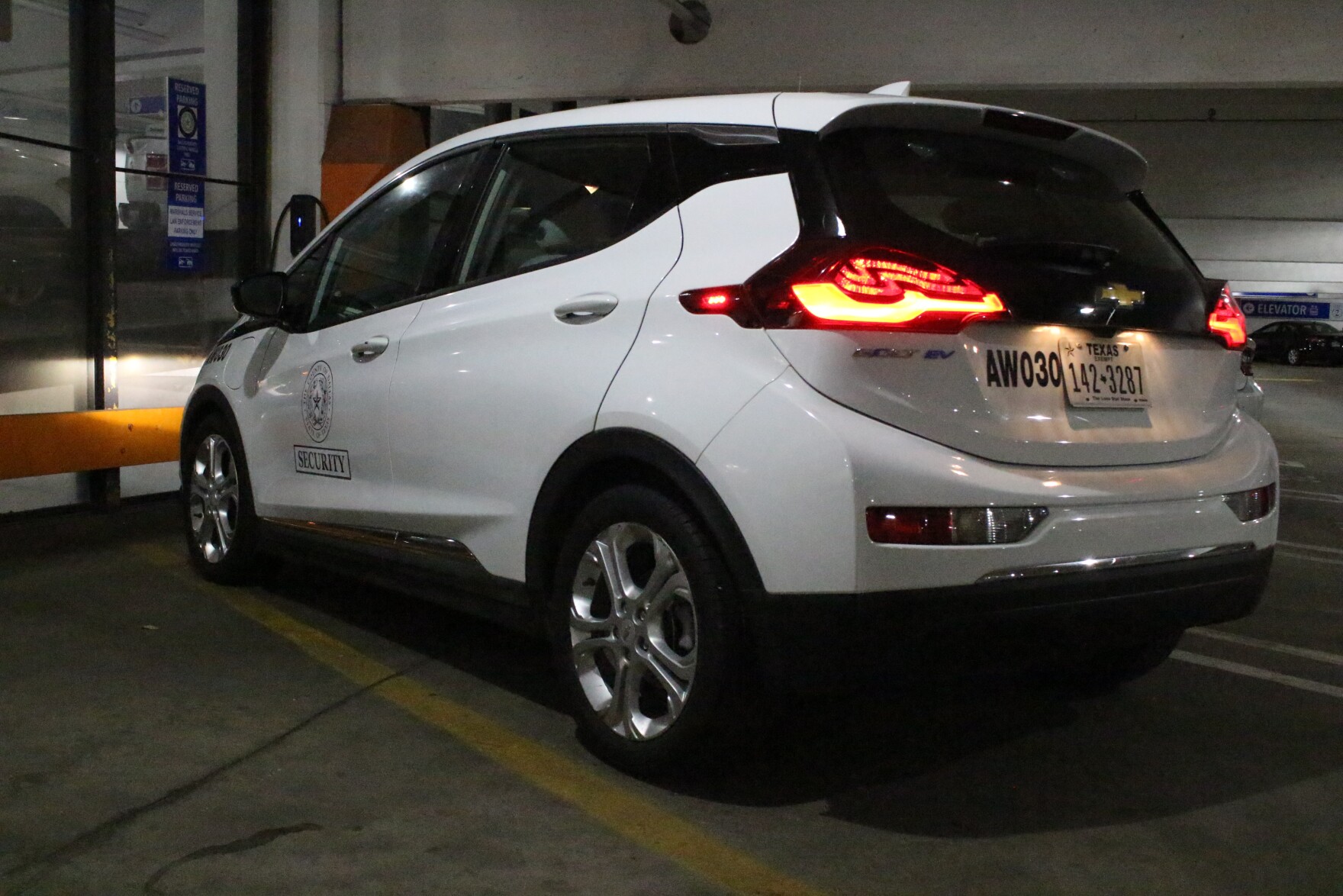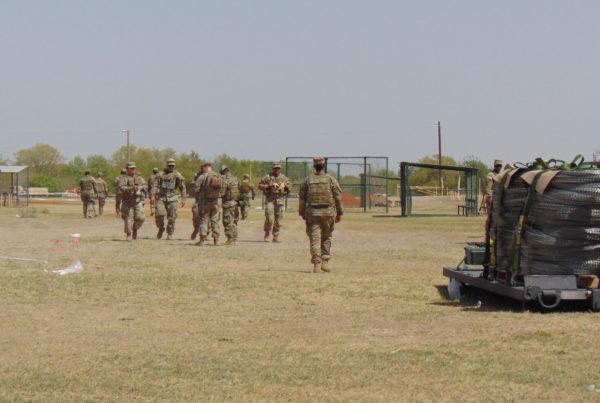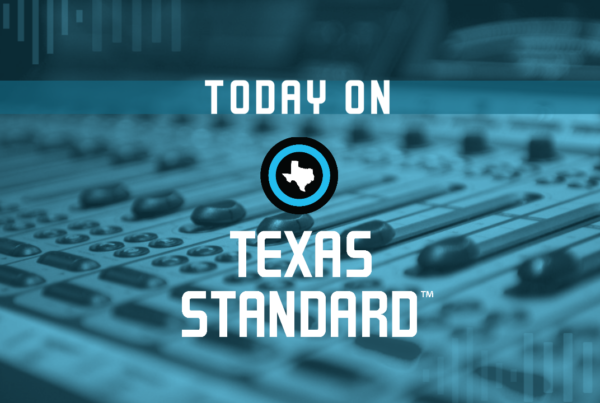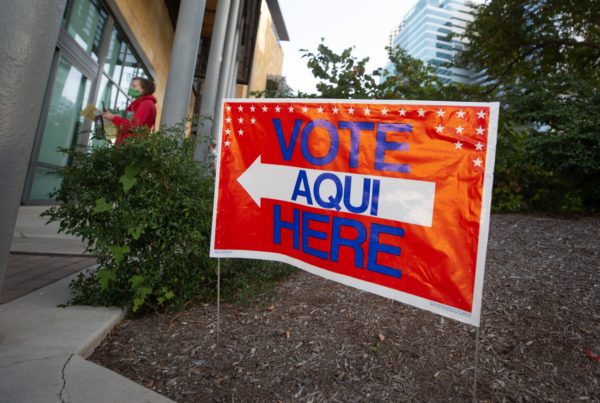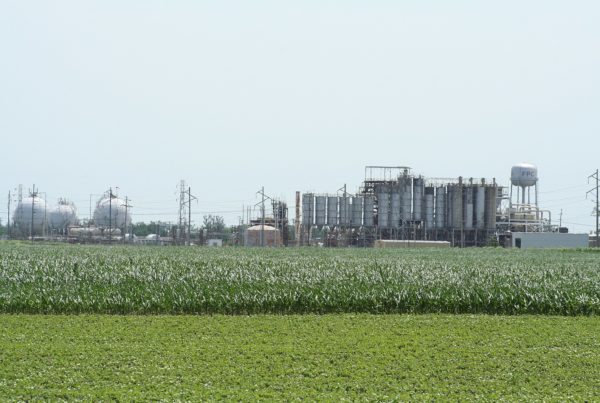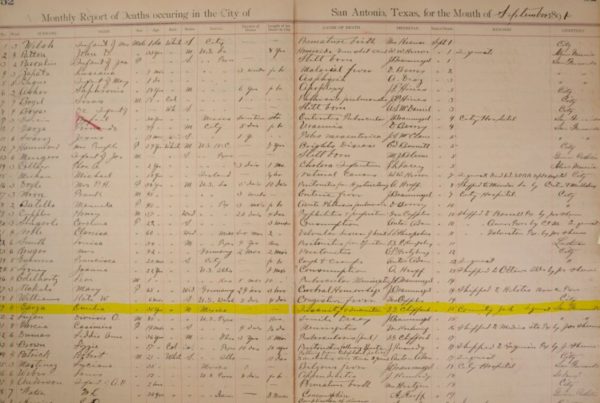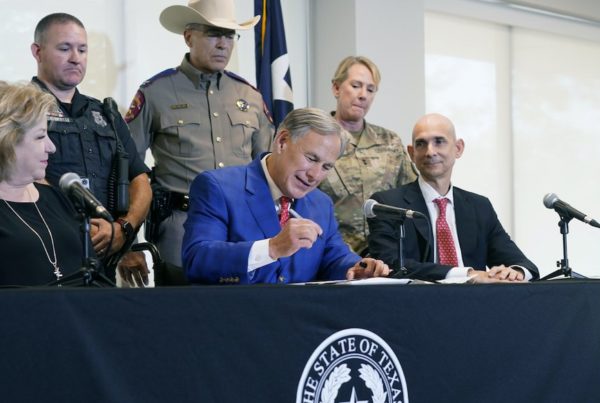From KERA:
The air quality around major cities in North Texas is among the worst in the state. Part of the problem is pollution from gas-powered cars and trucks. Dallas County officials want to electrify their fleet to help improve the air. But it’s not a quick or easy process.
The county’s fleet of almost 1,000 vehicles is a small slice of all North Texas vehicles, which number in the millions. Still, officials say shifting to electric vehicles is something they can do to address air quality while reducing carbon emissions that contribute to climate change and extreme weather.
An ‘F’ for air
Dallas County Commissioners this month approved buying 23 all-electric vehicles: ten Ford F-150 trucks, ten Ford Mustang Mach-Es, and three Tesla Model 3s. It’s a three-year pilot program to assess whether the vehicles meet — or don’t meet — a the needs of various county workers.
Commissioner Elba Garcia, who represents a district in western Dallas County, has been the main proponent for electrifying the fleet, and noted the bad marks DFW has received for its air quality.
“We have had an F for ozone pollution for many, many years,” she said.
The American Lung Association recently gave the counties of Dallas, Denton, Collin, and Tarrant all an “F” Grade for ozone in its latest State of the Air report, released last week.
“Particle pollution and ozone are a threat to human health at every stage of life, increasing the risk of premature birth, causing or worsening lung and heart disease, and shortening lives,” the report states. It says several vulnerable groups — including children, older people, and people of color — are more likely to experience harm from air pollution.
The EPA recently said it wanted to classify the Dallas-Fort Worth area as a “severe” violator of federal ozone rules, which could lead to more regulation.
Dallas County’s recently approved EV purchases, Garcia said, is a much-needed start in doing something about this problem.
“Government should never be the last ones to do what we can do to make our taxpayers’ and constituents’ air better,” she said.
A long wait?
But first, the cars must arrive.
“It’s not going to be anytime soon,” said Michael Frosch, director of purchasing for Dallas County.
He said they placed the order after receiving commissioners’ approval on April 19th, but the three Teslas and the 20 Fords will take between six and eight months to arrive.
“The availability of any of these vehicles — electric, gas, doesn’t really matter — we’re having difficulty getting products in a timely manner,” Frosch said. “We need to really think a year in advance.”
Sales of electric cars are booming worldwide. The International Energy Agency said electric cars were 9% of the global market in 2021, up from 4.1% the year before.
Many local governments around the country are trying to electrify their fleets to reduce carbon emissions, but the supply of EVs is not yet matching the demand. The Ford F-150 Lightning the county is buying begins production today.
A related concern is whether the additional “aftermarket” products that law enforcement vehicles need, like window inserts, prisoner partitions, and center consoles, will be on offer from aftermarket manufacturers.
“I just hope the market and aftermarket are responsive to law enforcement,” said Zack Masri, a sergeant with the Dallas County Marshals Service. Masri said aftermarket products made specifically for a particular model are better than generic ones.
Sticker shock
The mismatch of supply and demand also contributes to another concern — the up-front cost of electrifying the fleet.
The Tesla Model 3 is more expensive than the Ford models, which prompted Commissioner John Wiley Price to vote “no.”
“I’m having a difficult time getting to the $63,000 cost of Tesla,” he told KERA.
The electric Ford F-150 costs about $44,000 each and the Ford Mustang Mach-E vehicles about $45,000.
The Model 3 Tesla will be used for law enforcement, which is about 60% of the county’s fleet. While the Ford models are less costly, each of these different cars are going to be tested to see what works for county employees on the clock — and for officers who may drive their work cars home.
The county’s budget typically allocates $2 to $2.5 million annually for vehicle replacement, according to Jonathon Bazan, an assistant county administrator.
The electrification of the fleet would happen over time, during the regular replacement process funded by the county’s annual budget.
Looking to the future
An important part of electrifying a fleet is mapping out where charging stations will be. Bazan said charging stations for the downtown vehicles will be at the county parking garage, currently under construction. Future charging stations will be at government sites throughout the county.
The White House estimated the 2021 federal infrastructure law will send $408 million to Texas to expand charging networks for electric vehicles, and the state could apply for billions in grants for charging.
Cynthia Ross is president of Seamless EV Transition Group, a company that helps local governments make long term electrification plans for their fleets. She said writing specific long-term plans for electrification can save money when building stations.
It can also prepare local governments for grant opportunities, including from utilities or manufacturers of charging stations.
“That money is normally gone in 48 hours, because people that have the plan can submit their plan — and they get the money,” Ross said.
The newly approved EV purchases, Garcia said, are part of developing Dallas County’s plan, even if there are still unknown details about how and when the county will electrify its fleet.
“The worst thing … that you can do is do nothing,” she said.
And even though the big push behind EVs is to help air quality and reduce carbon emissions, some county employees have found other potential benefits.
Security Officer Richard Nguyen works for Dallas County and drives one of the five electric vehicles the county currently owns. He repeatedly observed how quiet it is, a feature that has helped him do his job of patrolling the county’s downtown buildings.
“If you need to go somewhere that you don’t want people to know that you’re watching them … they won’t even know that you pulled up on them,” he said.


